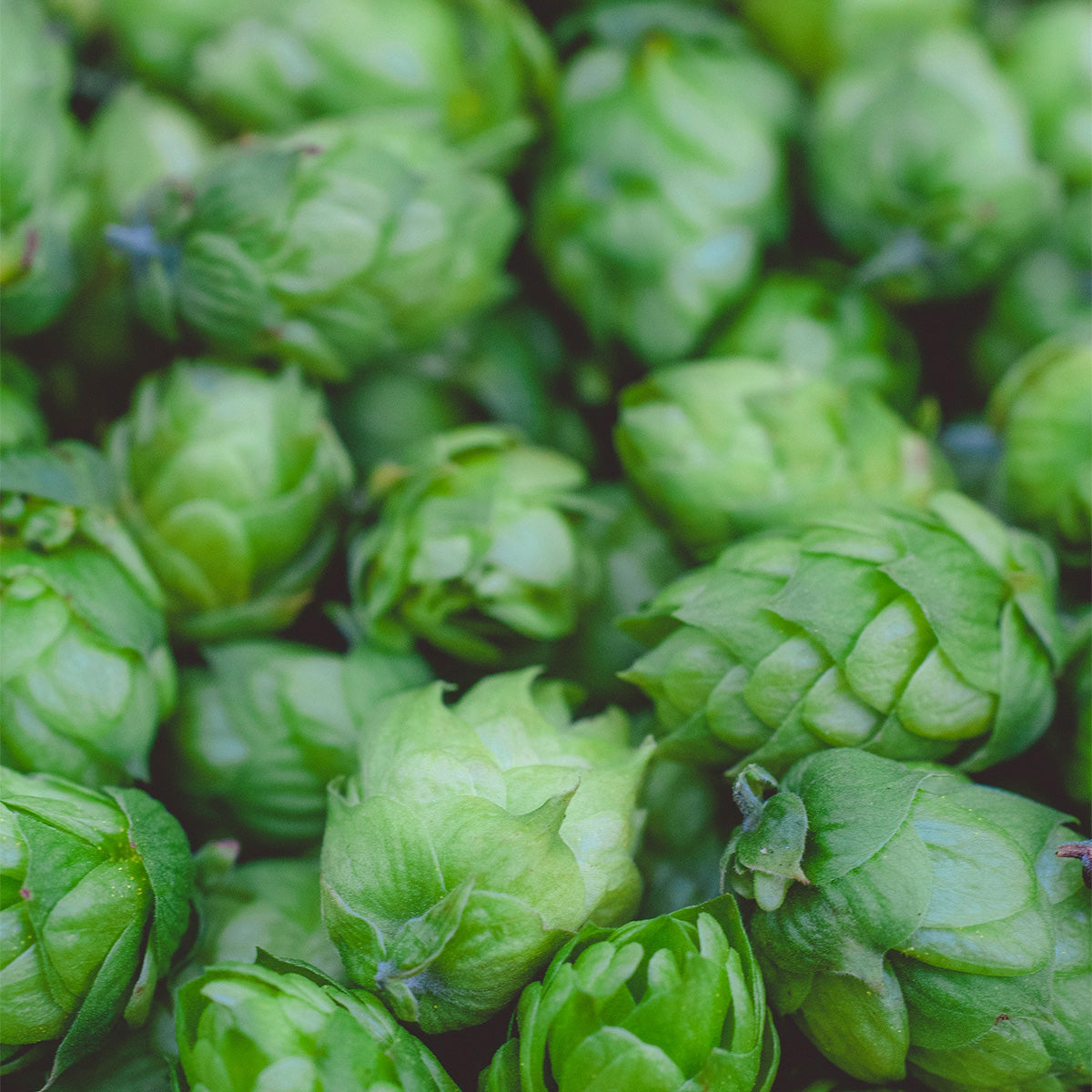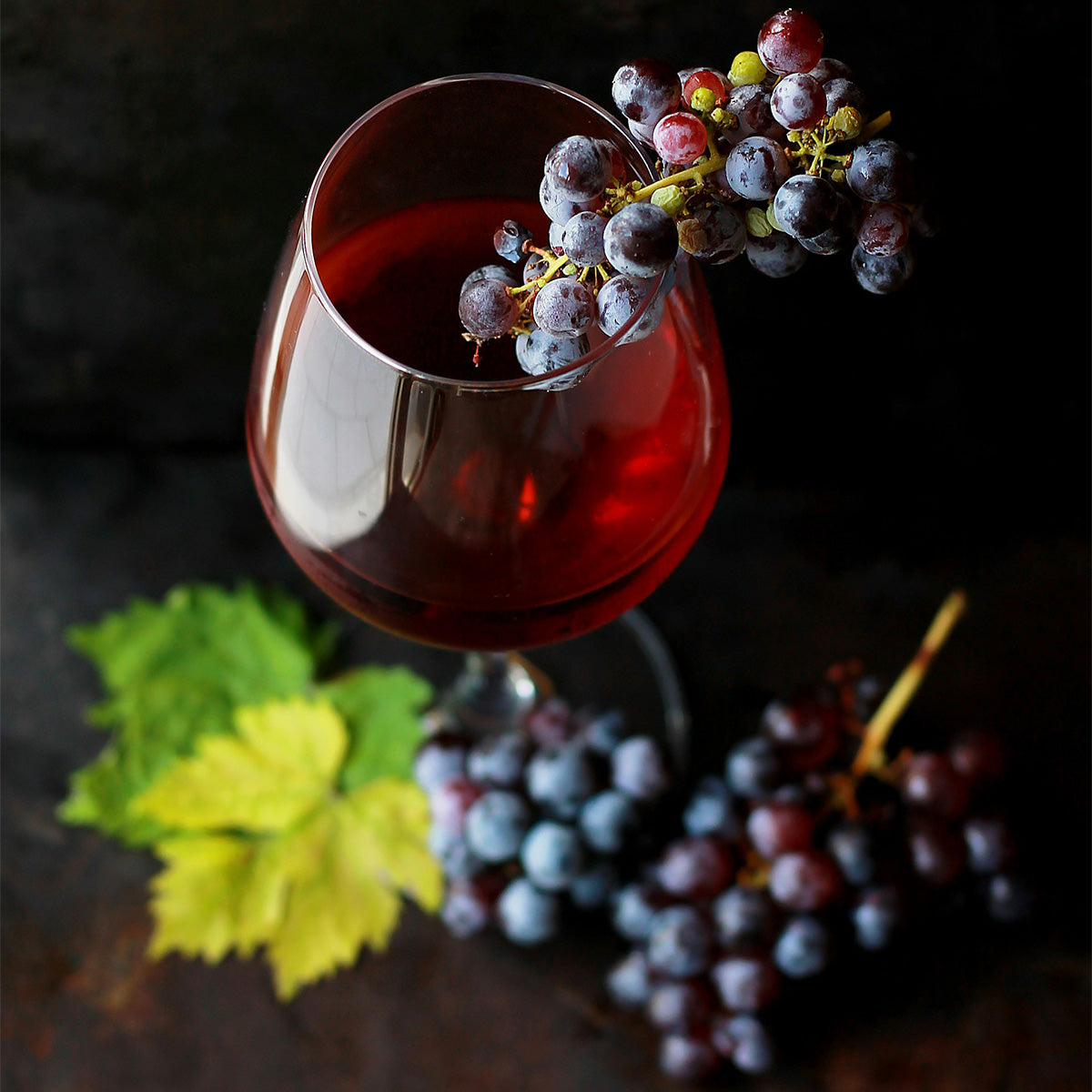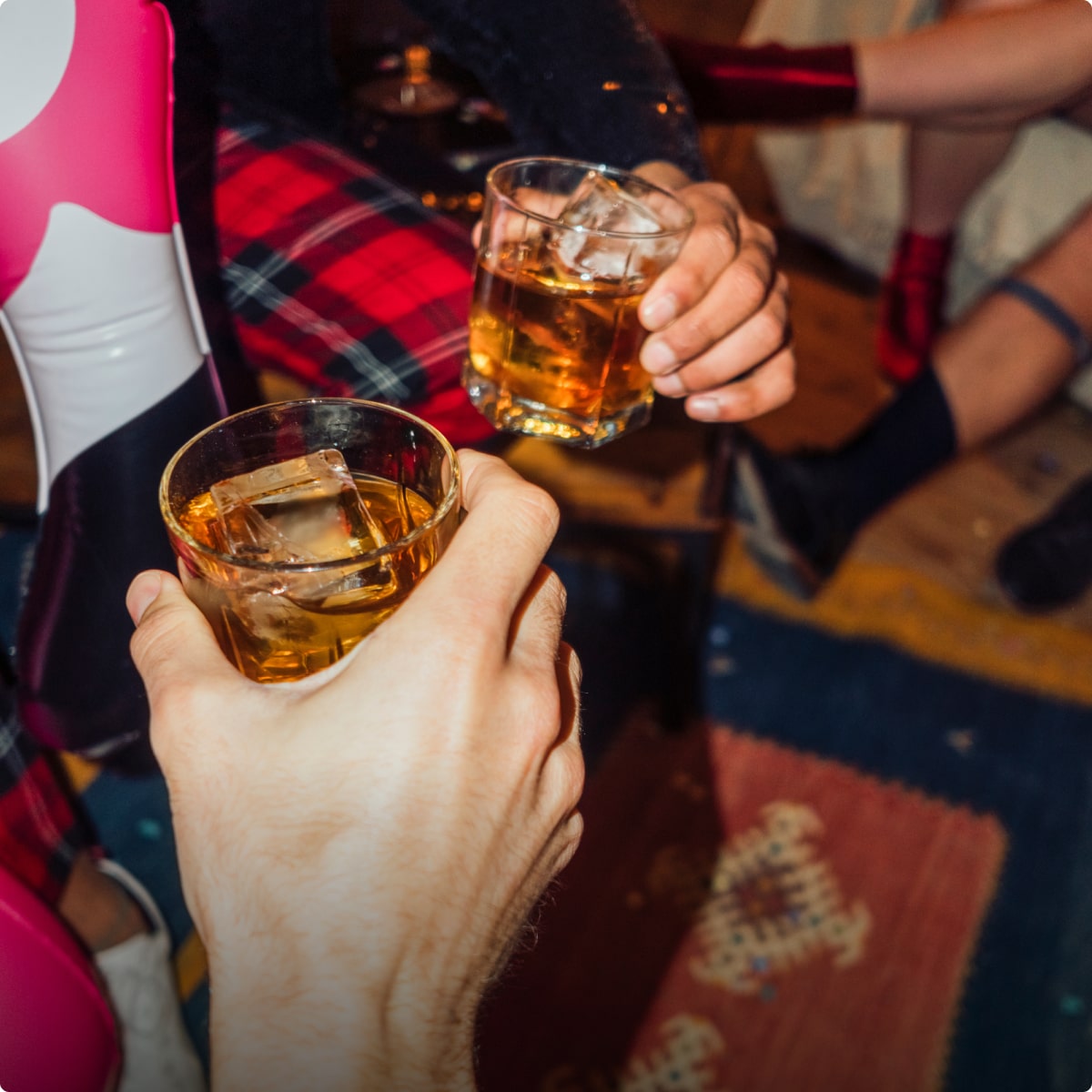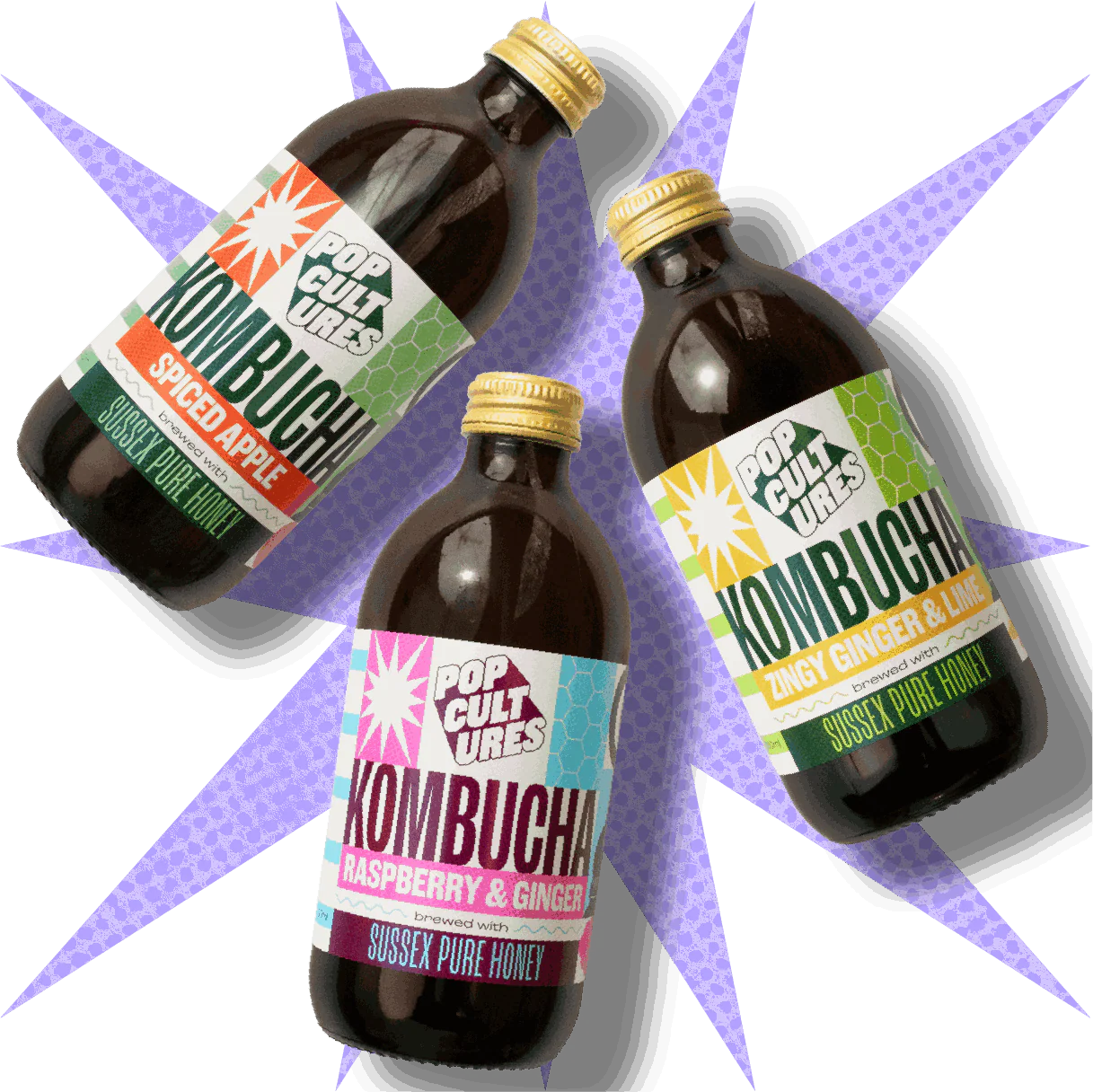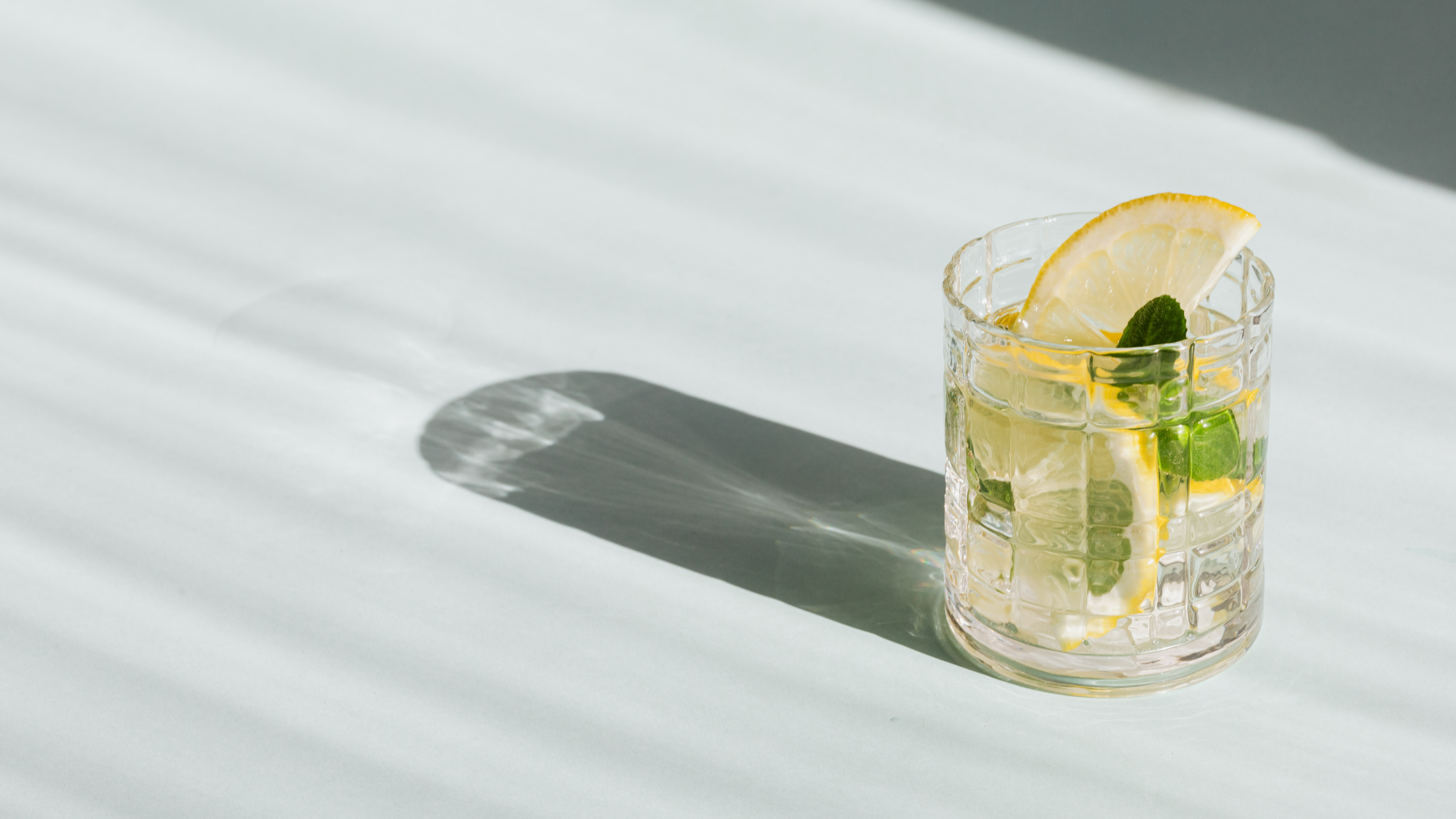Welcome to the world of alcohol-related labels! Understanding the subtle differences between alcohol-free, non-alcoholic, and low-alcohol drinks isn't just about being a savvy shopper, it's about caring for the diverse needs and choices of people around us.
The differences between alcohol-free, non-alcoholic and low alcohol include the percentage of alcohol by volume, the labelling process and whether the alcohol has been extracted. There are also differences in the ABV limits and labels across countries.
In this blog, we'll dive deep into the UK's legal guidelines, dissecting the jargon to help you confidently navigate the world of alcohol-free vs low-alcohol drinks. From the misleading allure of labels to the global variations in definitions, we've got you covered! Get ready to become an expert in selecting the perfect drink for any occasion.
The Importance of Understanding the Difference
It is important to understand the difference between alcohol-free, non-alcoholic and low-alcohol, as selecting the wrong label may have a harmful impact on a variety of people. This includes those with certain religious beliefs, those who are pregnant, those with health conditions and those in recovery from addiction. Labels in the low and no-alcohol industry can be misleading at a quick glance; by familiarising yourself with the distinct definitions, you empower yourself to confidently select the perfect drink for every occasion, ensuring everyone can join in the fun safely and respectfully.

Legal Guidance in the UK
Whilst attempting to select the right drink for you and others in a supermarket can be misleading, the UK’s legal definitions are pretty clear-cut. So, let’s clear up the confusion and understand the jargon that categorises alcohol-free vs non-alcoholic drinks.
Non-Alcoholic Definition
The common belief that non-alcoholic drinks have absolutely no alcohol is a false notion. It might surprise you to know that even our beloved fruit juices might have a tiny hint of alcohol due to natural fermentation, so a drink with up to 0.05% can still proudly wear a ‘non-alcoholic’ badge.
But here's where it gets interesting, the UK's Department of Health & Social Care suggests ‘non-alcoholic’ should not be used in conjunction with a name commonly associated with an alcoholic drink. And so, these guidelines would suggest not to combine ‘non-alcoholic’ with terms such as ‘beer’ and ‘wine. However, this suggestion is simply guidance, and it is voluntary as to whether a brand chooses to follow these labelling suggestions.
But guess what? Many brands are playfully ignoring this, adding to the excitement and a bit of confusion. In reality, it is not uncommon to see ‘non-alcoholic beer’ on labels, and this is where part of the confusion lies.

Alcohol-Free Definition
Similarly to non-alcoholic drinks, alcohol-free drinks are legally defined as having no more than 0.05% alcohol by volume. The Department of Health & Social Care suggests that these drinks should have their alcohol whisked away and the label ‘should only be applied to a drink from which the alcohol has been extracted.’ It is also suggested that the products should include the abv (or state that they contain no alcohol) on the label in order for a drink to be classed as alcohol-free.
However, again this definition varies from country to country, and in a grand tour of Europe's alcohol-free scene, you'll find each country has its own twist. In September 2023, the government conducted an open consultation, discovering more about the differences in locations. It was found that most European countries set 0.05% ABV as the upper limit for a drink to be considered ‘alcohol-free.’ However, there were brazen-faced anomalies which included:
- Norway - Less than or equal to 0.7% ABV
- Netherlands - Less than or equal to 0.1% ABV
- Spain - Less than or equal to 0.1% ABV
- France - Less than or equal to 1.2% ABV
- Italy - Less than or equal to 1.2% ABV
- Iceland - Less than or equal to 2.25% ABV
- Finland - Less than or equal to 2.8% ABV
So, take this into consideration when globe-trotting and selecting alcohol-free drinks.

Low Alcohol Definition
'Low Alcohol' drinks bring a twist to the beverage world, legally defined in the UK as having an alcohol content lower than traditional alcoholic drinks but higher than non-alcoholic options. The Department of Health & Social Care suggests that ‘the drink must be 1.2% alcohol by volume (abv) or below and an indication of its maximum abv should be included on the label.’ This category is ideal for those who enjoy a slight alcoholic buzz while keeping things light and refreshing.
De-alcoholised Definition
'De-alcoholised' drinks usually start with a standard alcohol content but then undergo a special process to remove most of the alcohol. The end result? A drink that retains the deep flavours and characteristics of its alcoholic counterpart but with minimal alcohol content. A true gem for connoisseurs who appreciate the art of drink-making!
The government suggests this term should only be applied to a drink from which ‘the alcohol has been extracted’ and ‘if it contains no more than 0.5% abv.’ It is also suggested that the product should also include an indication of its alcoholic strength.

Where Do 'Zero' or '0.0%' Drinks Fall?
Drinks containing 0.0% ABV can be classed as both ‘non-alcoholic’ and ‘alcohol-free.’ However, it’s important to read the labels carefully as we have learnt above, both non-alcoholic and alcohol-free drinks can contain up to 0.05% volume.
Potential Areas of Confusion with Alcohol-Free, Non-Alcoholic and Low-Alcohol
There can be multiple areas of confusion when selecting the right type of drink, here is a quick summary of things to consider when being savvy with your selection, as well as factors to consider for those who are pregnant, who have certain religious beliefs or who are in recovery from addiction.
- Non-Alcoholic and Alcohol-Free drinks can both contain up to 0.05% ABV
- Even though the government suggests not combining the term ‘non-alcoholic’ with words commonly associated with alcohol (beer, wine, etc.), many drinks companies still combine these terms on labels e.g. non-alcoholic beer. This can be misleading as, at a quick glance, you may think that ‘non-alcoholic beer’ means that a drink contains 0.0% alcohol, whereas, in reality, it can contain up to 0.05% ABV.
- The ABV definition for the terms ‘non-alcoholic’ and ‘alcohol-free’ varies across countries.
- There is no known safe amount of alcohol use during pregnancy or while trying to get pregnant.
- Religious factors affect the choice of label. For example, non-alcoholic beer can be halal for followers of the Islamic faith, but this depends on the amount of trace alcohol, the production process, the risk of cross-contamination with haram substances and whether it has been halal-certified by a recognised Islamic authority.
- Even 0.0% drinks may not be suitable for those in recovery from addiction; simply the smell and taste of something that is replicating an alcoholic flavour can trigger a relapse for some people. This was shown in a study that found ‘craving and desire to drink increased after the consumption of No/Lo drinks.’
Use ABV As a Better Way of Understanding a Drink Alcohol Content
ABV, or Alcohol By Volume, is like a secret decoder for understanding a drink's alcohol content. It's a percentage that tells you how much of a drink is made up of alcohol, giving you a clear and precise understanding of what you're consuming.
What is ABV?
ABV stands for Alcohol By Volume, and it is a standard measure used worldwide to quantify the amount of alcohol (ethanol) in an alcoholic beverage. Expressed as a percentage, ABV indicates the proportion of alcohol in the drink compared to the total volume of the drink. For example, a beer with 5% ABV contains 5% pure alcohol by volume. This measurement is crucial for consumers to understand the strength of different alcoholic beverages, helping them make informed decisions about their drinking choices.
Understanding ABV
Understanding ABV will enable you to see through misleading labels and feel confident about what you are consuming. Look past the packaging and look into the percentage of alcohol by volume. This is where you can decode the myths and find the truth!
So, Can I Get Drunk on Alcohol-Free or Non-Alcoholic Drinks?

The answer lies in the specific alcohol content of each beverage. While alcohol-free and non-alcoholic drinks may have alcohol content, it is generally not enough to lead to intoxication. To put this into context, a can of Heineken lager contains 5% ABV and is 2.2 units per can. Therefore, you would have to drink ten non-alcoholic 0.5% drinks to equal one can of Heineken. To add further content, the approximate drink-drive limit is three units for females and four for males in the UK. Therefore, a male would have to drink just under twenty 0.5% ABV drinks to hit the legal driving limit; that’s a lot of volume! Understanding this helps demystify these drink categories and reassures you that you can enjoy them while maintaining your desired level of sobriety.
Alcohol-Free, Non-Alcoholic and Low Alcohol - Concluding thoughts
So, let’s wrap up our exploration of alcohol-related labels. We've delved deep into the nuances of alcohol-free, non-alcoholic, low-alcohol and de-alcoholised drinks, unravelling the mysteries behind each term. From understanding legal guidelines in the UK to decoding ABV, we've got you covered. We hope this blog has shown you how to make informed choices whilst respecting everyone's unique needs and preferences. Whether it's for health, religious beliefs, or personal choices, you're now ready to navigate the beverage world with confidence and consideration.
Are you eager to explore the Universe of non-alcoholic and low-alcohol drinks? Here at Dry Drinker, we have a huge range of outstanding alternatives as well as 0.0% beers, as well as exquisite de-alcoholised wines that will captivate your senses!

